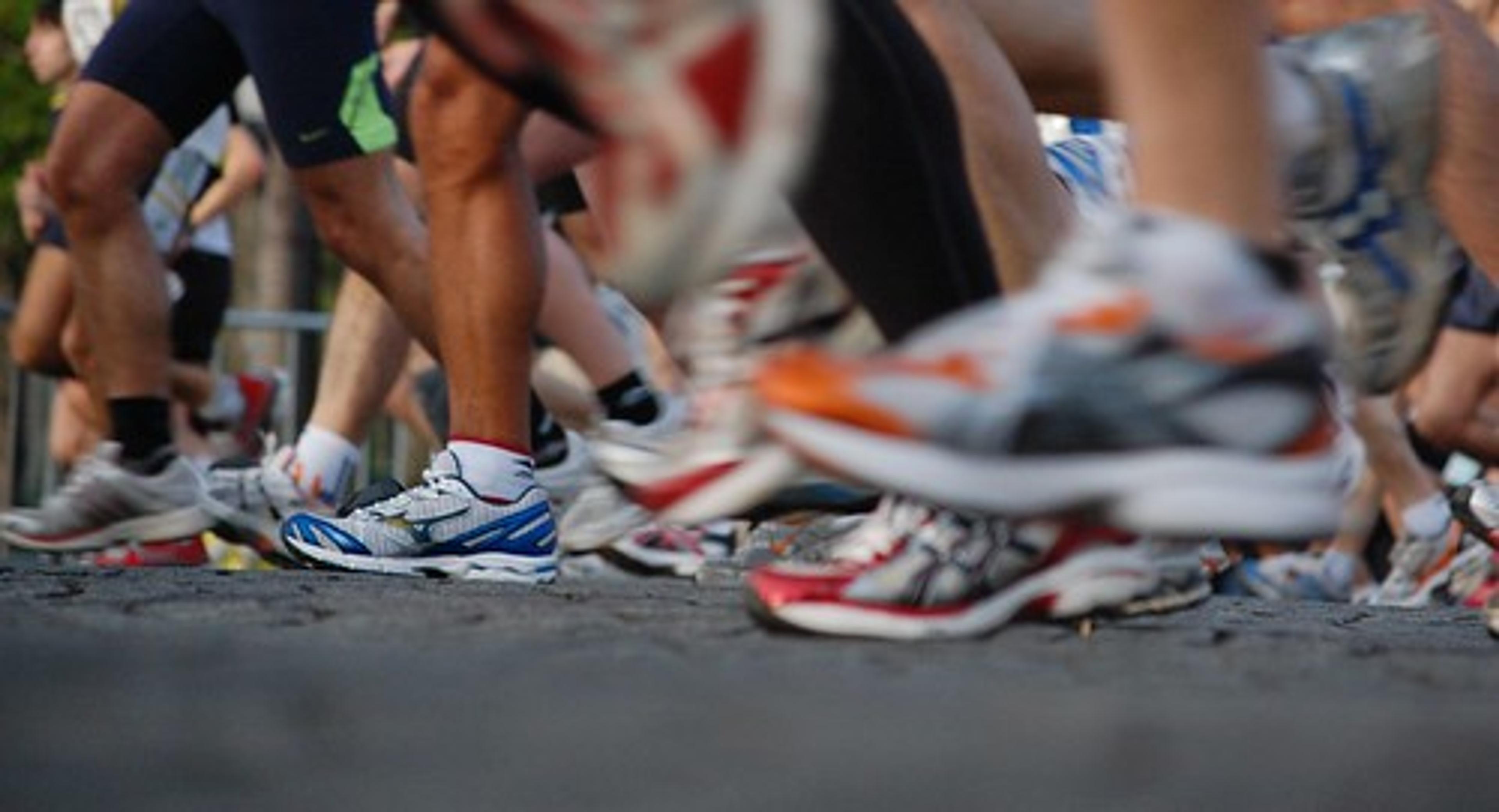Your Fitness Questions Answered: 3 ways to improve running form and prevent injury
Jason Weslosky
| 3 min read

Running is a great aerobic exercise that can help you shed extra weight in no time, no matter what format of run you choose. And the age-old saying, “no pain, no gain,” is not a requirement as you find your way along street, sidewalk, track, or treadmill.
Often times, people find running painful as a result of improper running form or technique. Reader Jack writes to A Healthier Michigan, “I could use some advice on proper running mechanics to avoid injury and get the most out of the exercise.”
Sometimes in order to be the best, you have to learn from the best Jack. And by no means am I the leading authority on running form. Instead, University of Michigan Women’s Track runner Morgan Bailey offers her insights and knowledge about proper running form. As an expert on running, she offers the following tips to improve form and reduce potential injury:
Avoid being a heel striker
First, the heel acts as a natural braking mechanism for our bodies. When the average runner takes a stride forward, the first part of the foot to touch the ground is the heel. This is scientifically referred to as “heel striking” and is the root cause of several injuries. When we run, our joints act as natural shock absorbers for the impact experienced between the foot and ground. When heel striking occurs, your foot is fully extended out in front and your knee locked. This reduces the shock absorptive power of the knee and results in a strong impact force that shoots up through the joints of the leg. Ankles, knees and hips can all be affected by heel striking.
To avoid this natural braking process and prevent injury to your joints, change from heel striker to mid-foot striker. The mid foot is the halfway point between the toes and heel. Stepping with this portion of your foot will ensure proper bend in the leg, reducing bone on bone impact in joints and resulting in an injury free run. Morgan explains the best way to train to mid-foot strike is to take smaller, quicker steps when running rather than longer steps.
Running includes both arms and legs
It is important to remember that running involves your entire body. The best running form uses all of the energy of the body to propel it forward, not wasting any energy on unnecessary movements. Often times, people forget to use their arms properly when they run. Make sure to swing your arms forward and backward to help propel your body forward. You’ll notice you can run further if you use your arms correctly.
Get the right amount of arch support, but not too much
An interesting point Morgan makes is that arch support should be used in moderation. She explains, “When you plant your foot, the arch is pressed flat and acts as a spring to bounce your foot back off of the ground.” Too much arch support decreases the “spring” in your foot and can result in a variety of foot related injuries if not properly assessed. To ensure you are getting the right amount arch support, have a podiatrist analyze your arches and gait cycle to prevent injury.
Photo credit Josiah Mackenzie





